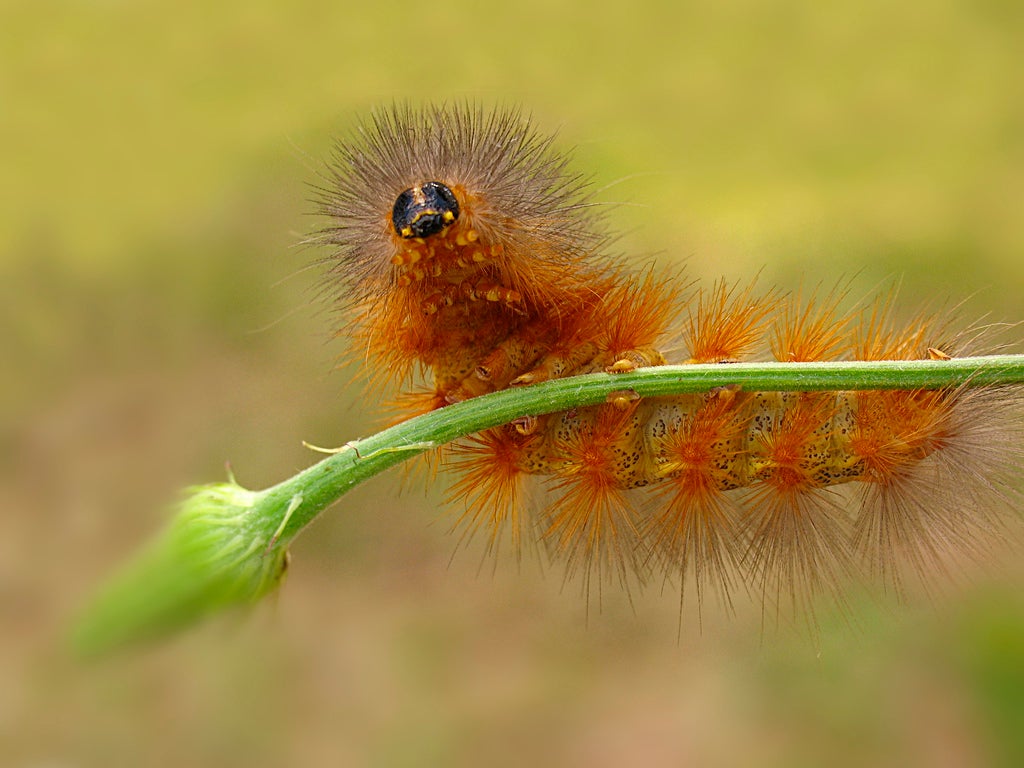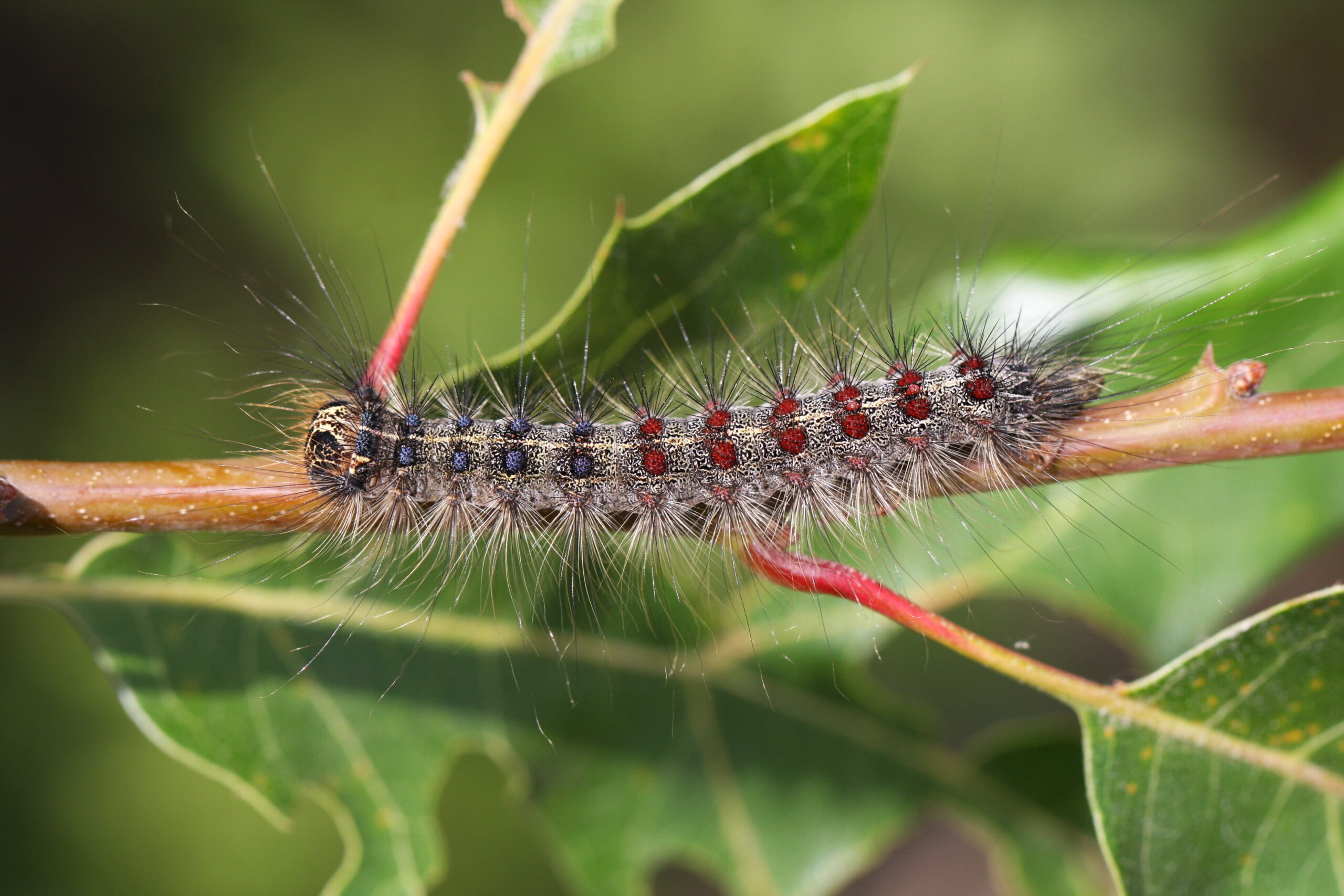We talk about the amazing assortment of caterpillars in our area with our “bug guy,” PJ Liesch. We hear about fall invasives like box elder bugs and Asian lady beetles and answer listener questions.
Featured in this Show
-
How Do You Identify Caterpillars?
Wisconsin’s average rainfall this summer may be among the highest ever, but when it comes to insects, it’s not as easy to measure. That being said, insect expert P.J. Liesch, said there may be more caterpillars this year than normal.
Liesch, director of the University of Wisconsin-Madison Insect Diagnostic Lab, said there have been a number of caterpillar pictures and reports he’s received claiming the number of caterpillar species is up.
He said the word “caterpillar” is a general term for the larval or juvenile stage of the member of the order lepidoptera, which includes butterflies. But most caterpillars become moths, he said.
You can tell it’s a butterfly caterpillar because most are bright and colorful from the pigments in their bodies, Liesch said.
“Monarch caterpillars have very bright strips from ingesting toxins from milkweed. That’s basically a way to warn other creatures, ‘Don’t eat me, I’m full of some nasty compounds,’ and that can serve as a warning,” he said.
The life expectancy of a caterpillar depends on the species.
“One of our common indoor pests, the Indian Meal Moth, for example, can go for a couple of generations in a given year if the conditions are right, but many of our outdoor caterpillars are going to go through one generation per year,” Liesch said.
Liesch said one of the best resources to identify caterpillars near you is the book “Caterpillars of Eastern North America: A Guide to Identification and Natural History.”
Episode Credits
- Larry Meiller Host
- Jill Nadeau Producer
- P.J. Liesch Guest
Wisconsin Public Radio, © Copyright 2025, Board of Regents of the University of Wisconsin System and Wisconsin Educational Communications Board.


